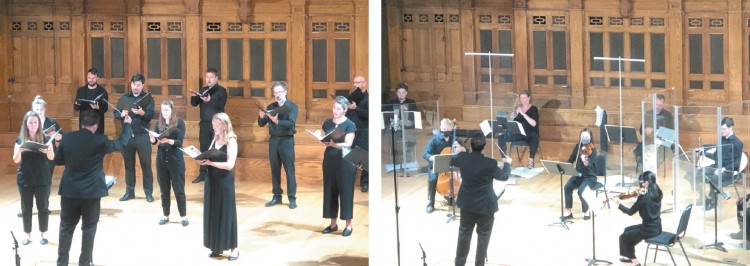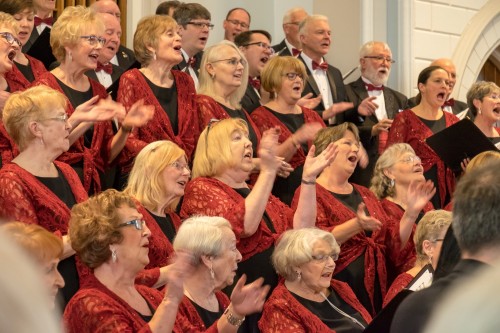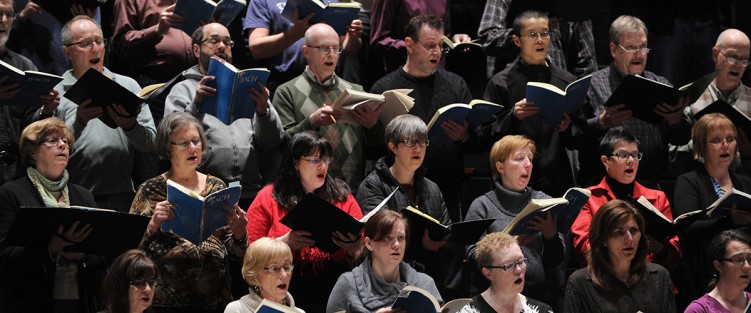A Messiah for our Complex Times
 No performing arts organizations can pretend they don’t exist in a specific time and place – responding to cultural and political moments of the right now, even when the music they perform comes from very different times. Choirs are grappling with the loss of rehearsals and live performances, but they are also grappling with the overlapping realities of fighting for justice and emancipation in a very complex world.
No performing arts organizations can pretend they don’t exist in a specific time and place – responding to cultural and political moments of the right now, even when the music they perform comes from very different times. Choirs are grappling with the loss of rehearsals and live performances, but they are also grappling with the overlapping realities of fighting for justice and emancipation in a very complex world.
Messiah/Complex is an upcoming new digital performance from Against the Grain Theatre (AtG). Artistic director Joel Ivany and his innovative team are taking the Handel and Jennens masterwork and breathing it alive with diverse voices, languages and cultural inspiration of people across Canada. Ivany has been joined by Reneltta Arluk, director of Indigenous arts at the Banff Centre. Together they have assembled a vast collection of performers representing every province and territory. The WholeNote had a chance to connect with artistic director Joel Ivany to share just what a complex Messiah looks like in our times. “There are complex layers to this work,” AtG’s Ivany shares. “Handel, himself, had investments in the Royal African Company. This means that he profited off of slave trade during the 1720s and 30s.”
Connecting the history of the work to its time and place is necessary to connect to our time and place, he says. “We’ve asked Indigenous artists to learn settler music set to Biblical text. They have interpreted it and now sing it in their own language. We want to reconcile our relationship with First Nations, but it’s not easy; there are layers and it is complex. We want to support our Black, Indigenous and People of Colour community, but there’s no easy answer or quick fix.”






